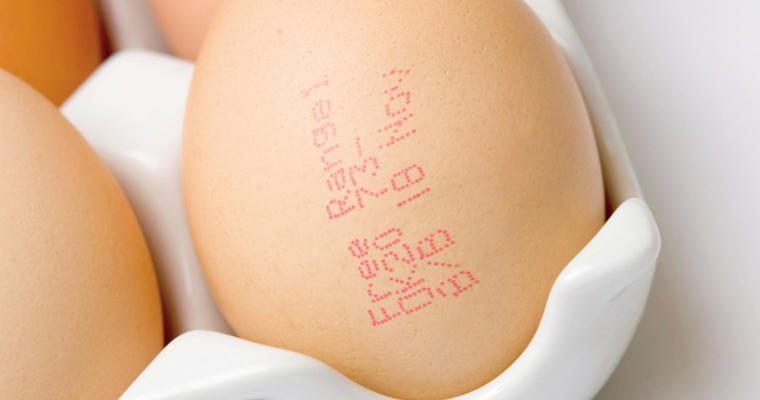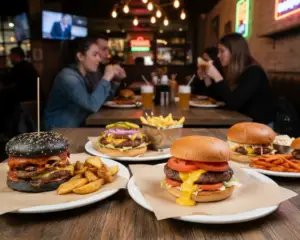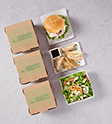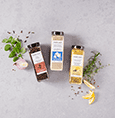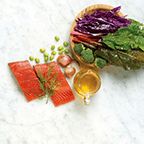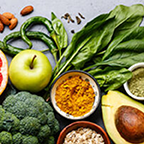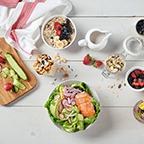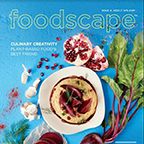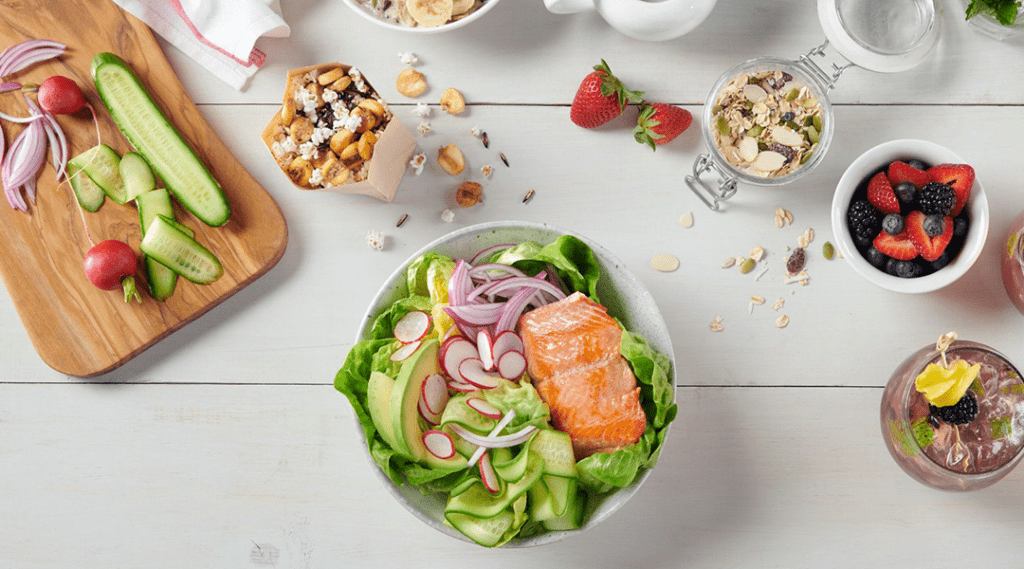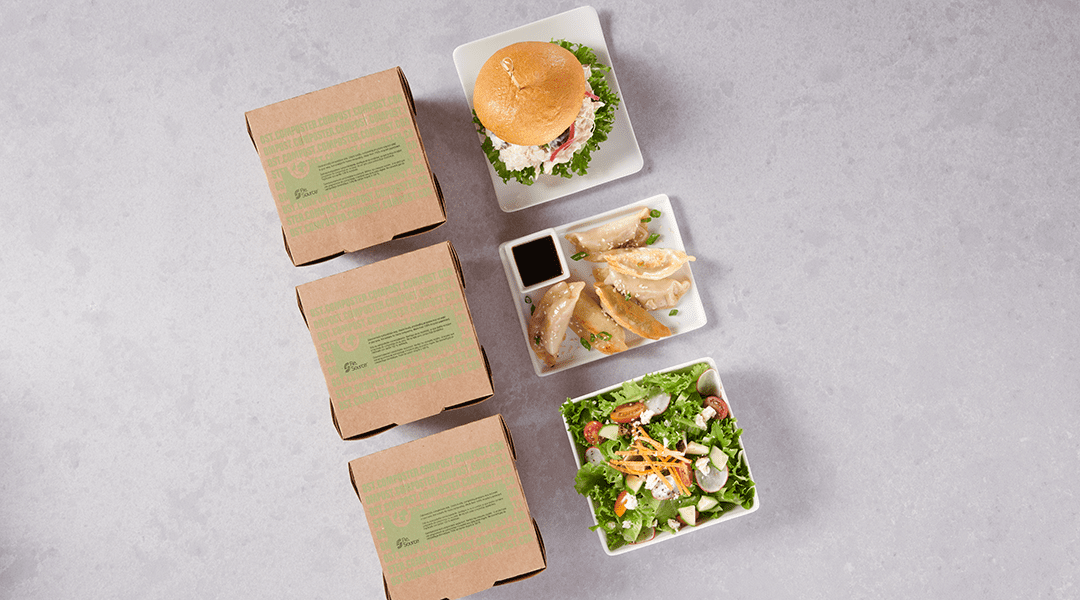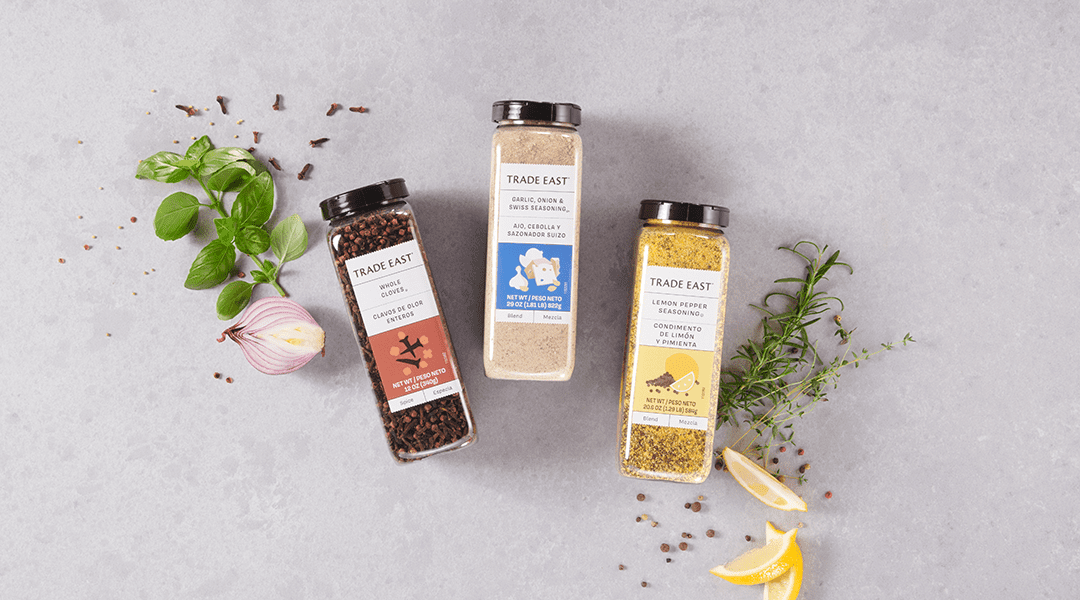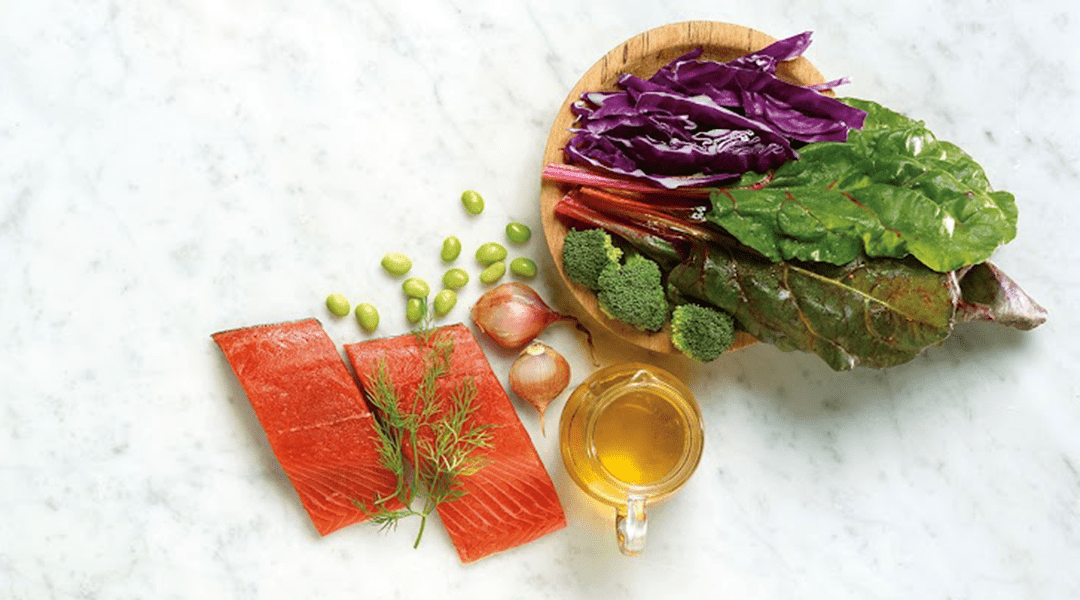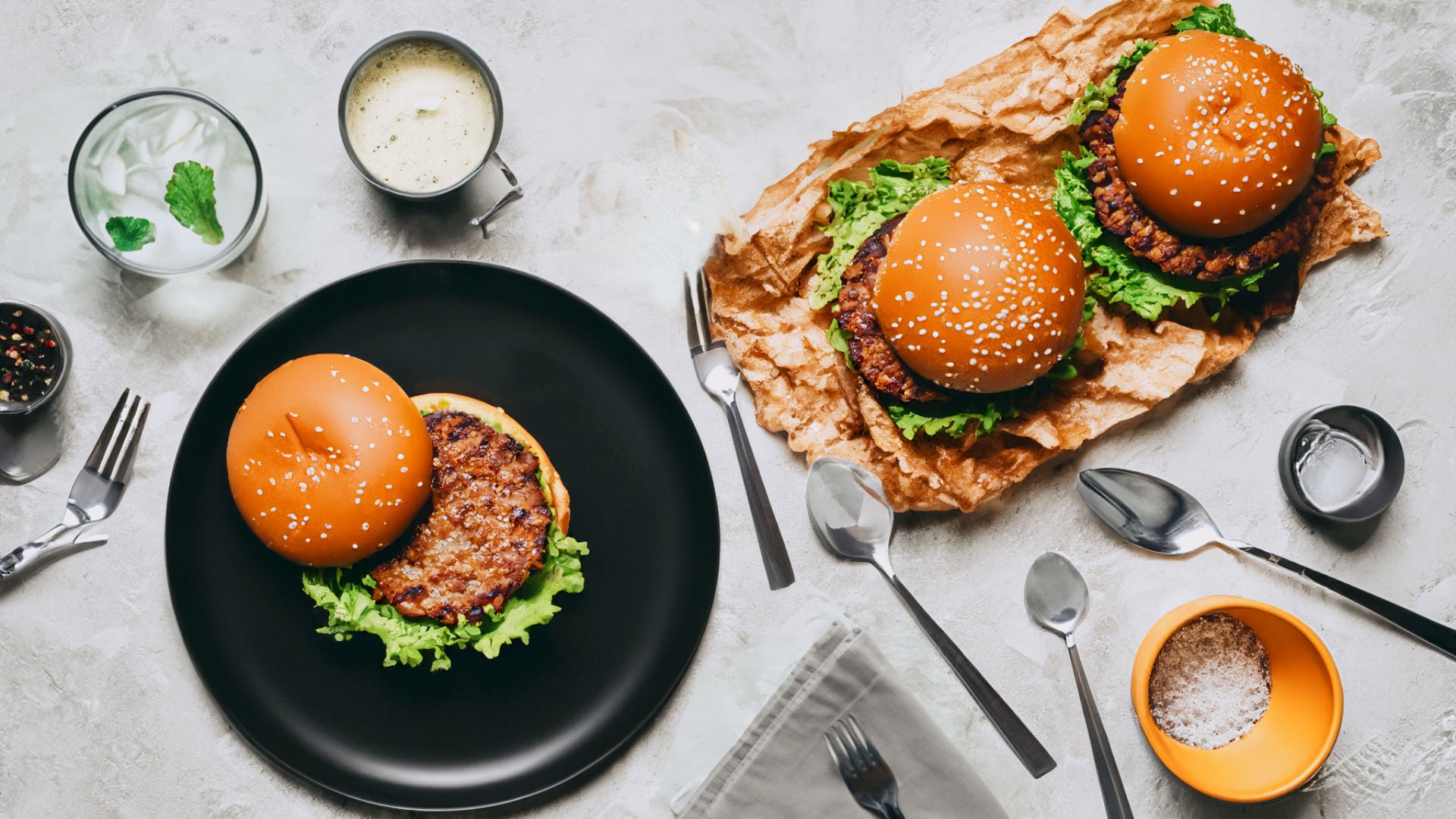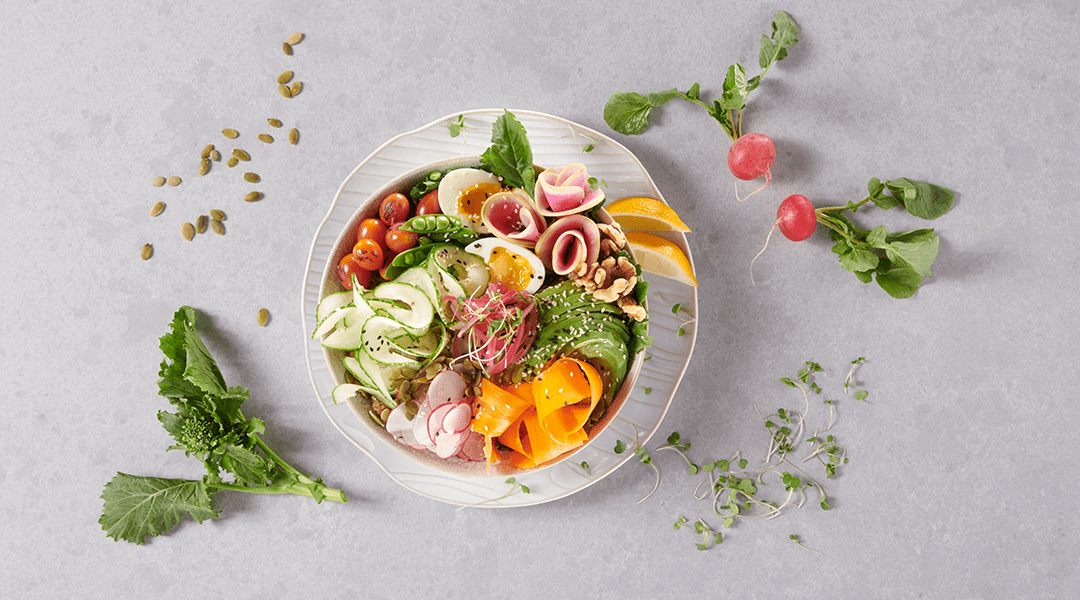It’s important to understand what information the specific type of date code tells you about a food or drink. A common misconception is that a date code indicates a product’s safety. In most cases, this is not true. Date codes relate more to quality than safety. In general, there are two types of date codes: open and closed. Understanding these two types of date codes can help you determine what products to use when, reducing unnecessary food waste.
Open date codes
Open date codes are most commonly seen on food and drinks. They provide a calendar date to identify when a food will be at its best quality. Open dating is legally required on infant formula, but voluntary on other products. However, the United States Department of Agriculture (USDA) recommends including a “Best if used by” date on food and drinks as a way to reduce waste. You will often see open dating on meat, poultry and dairy products. Here are the most common types of open dates and what they mean:
- “Sell-by” dates tell a store how long to display a for-sale product.
- “Best if used by (or before)” dates indicates until when the product will be at peak quality and/or flavor.
- “Use-by” dates are the last date recommended to use the product. This date is determined by the manufacturer. On infant formula, this is a safe-to-consume-by date.
Even though open dating is not indicative of food safety, it can be helpful in understanding if the quality of the item is impacted.
Closed date codes
Closed date codes are packing numbers for manufacturer use only. Like open dating, they are not intended to provide information about the safety of the product. Unlike open dating, they have little to do with the quality of the product.
Manufacturers use closed dating to rotate their stock and locate products in the event of a recall. It’s regularly seen, especially on canned products, as a series of numbers and/or letters. Each manufacturer’s closed date code is unique and not intended to be understood by the average consumer or foodservice operator.
Beyond date codes
Since date codes focus more on quality, here are few food safety tips to keep in mind.
- Canned foods are generally safe to consume as long as they are not exposed to freezing temperatures or temperatures above 90°F. Cans that are dented, bulging or rusted should be discarded.
- Canned foods with high acidity (e.g., tomatoes and fruits) maintain their best quality for 12 to 18 months.
- Canned foods with lower acidity (e.g., meats and vegetables) will keep for two to five years.
Any Time and Temperature Control for Safety (TCS) food can be kept for seven days if it is stored at 41°F or lower. If the TCS food is not used within seven days it must be discarded. Remember that Day 1 is the day the product was made. So if a product was made on October 15, the use-by date would be October 21.
Keep in mind that you should always consult your community’s policies for specific information about food storage, safety and use, including day in and out recommendations.
